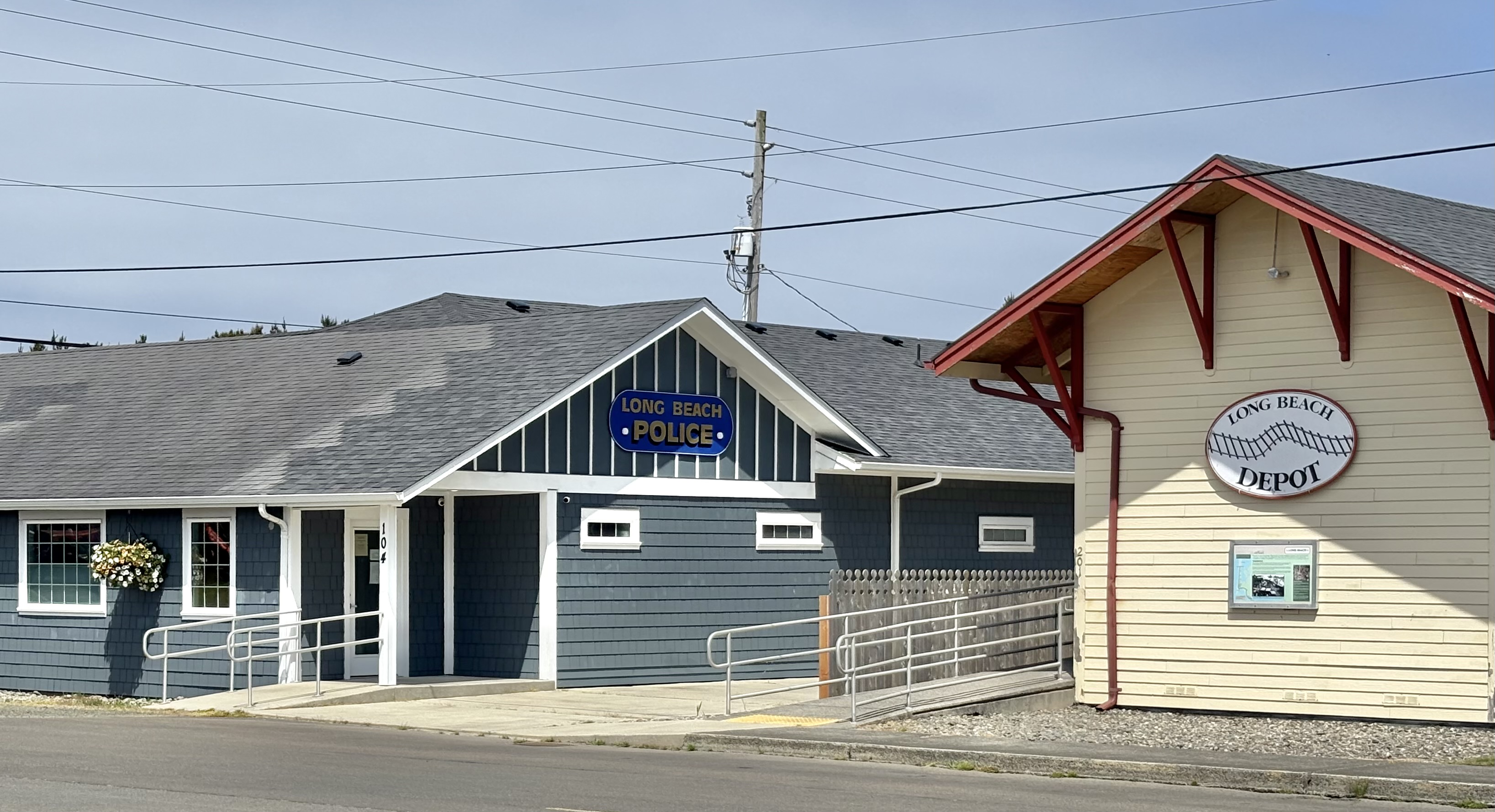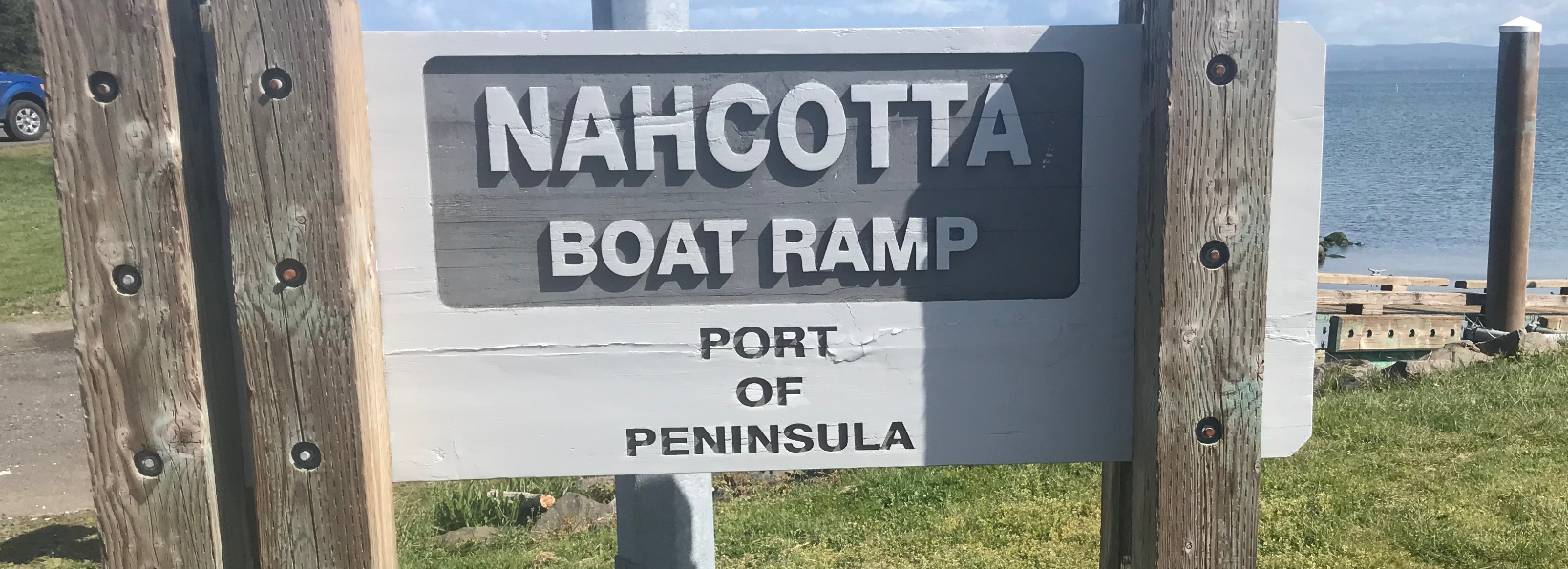Commercial crab season delayed again
Published 2:35 pm Monday, December 26, 2022

- Replacing crab pots like these two recently washed up near North Jetty costs around $350 each, part of the challenge of running a local commercial crabbing operation.
ILWACO — It has been a long haul for Washington crabbers this winter, with yet another delay announced Dec. 22. Due to persistently low meat yields in sampled crab, the commercial season will now start Jan. 16 at the soonest.
This is more bad news for many local families.
“Anytime the crab fleet has to suffer though Christmas without income is traumatic from a financial point of view; it is especially hard on the crew members that really depend on crab for winter income,” Dale Beasley, president of the Columbia River Crab Fishermen’s Association, said.
Crab tested from the Klipsan Beach to Columbia River area on Dec. 21 had 19.9% meat, still well below the 23% threshold required by the Tri-State Agreement that governs crabbing off Washington, Oregon and California. The latest result was a slight improvement from 18.6% on Dec. 5.
Due to poor weather and staff illnesses, the Washington Department of Fish and Wildlife didn’t test Klispan area crab for shell hardness, nor was any testing conducted in the Westport area. Domoic acid test results will be available Dec. 23.
Astoria area crab have also been slow meat-up, with a result of 21.3% meat on Dec. 15, unchanged from the previous result obtained Dec. 1.
On the Olympic Coast, the Quinault Indian Nation started crabbing Dec. 18 after their final meat recovery results came in at 23.4%.
Northern California crabbers will start harvest Dec. 31 after tests there all met the requirement of at least 24% meat south of Cascade Head.
Quinaults are getting $6 a pound for crab, while “our state fleet always gets less,” Beasley said. “There is a good chance that local crab will not reach the required 23% meat pick out rate before the 15th of January. It is beginning to look like a Feb. 1 opener due to meat quality.”
The late start adds to ongoing challenges for the local crab fleet, including higher prices for fuel and other supplies.
“Inflation is really taking a toll on the fleet where it now costs well north of $350 to put one new crab pot into production, besides all the other huge expenses that are sky high like fuel and bait, not to mention insurance, annual maintenance, and other fixed operating costs like the price of permits, vessels, gear, and other necessities like a truck and shed to store gear in [the] offseason,” Beasley said.





